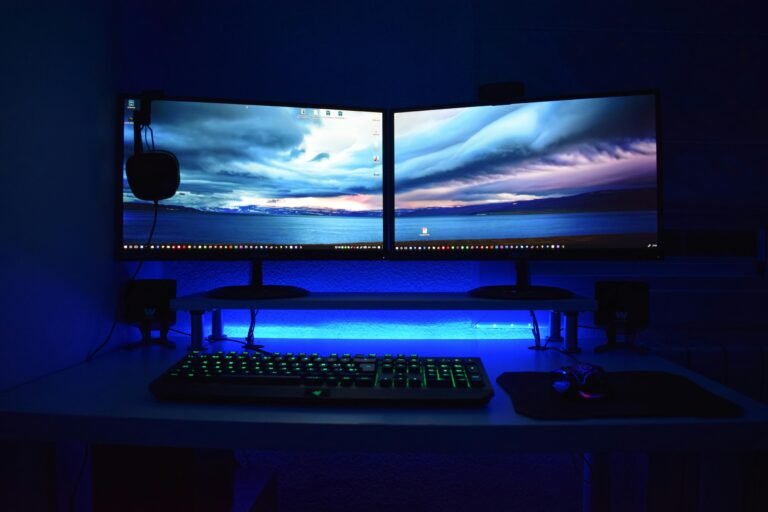When choosing a gaming monitor, the best refresh rate for gaming monitors is crucial for ensuring smooth gameplay. A higher refresh rate leads to more fluid motion, but it’s important to understand how it impacts your gaming experience.
What is the Best Refresh Rate for Gaming Monitors?
The best refresh rate for gaming monitors depends on the type of gaming experience you’re after. For most gamers, a 144Hz refresh rate is ideal, offering a significant upgrade from the standard 60Hz. If you’re aiming for ultra-fast performance, consider monitors with 240Hz or even 360Hz refresh rates, particularly for competitive gaming.
Pros and Cons of High Refresh Rate Monitors
Pros:
- Smoother Gameplay: High refresh rates reduce motion blur and provide a smoother visual experience, especially in fast-paced games like first-person shooters.
- Better Competitive Edge: Higher refresh rates help reduce input lag, making your responses faster in competitive situations.
- More Immersive Experience: With smoother animations, high refresh rate monitors contribute to a more immersive gaming experience.
Cons:
- Higher Cost: Monitors with refresh rates of 240Hz or above tend to be more expensive.
- Requires Powerful Hardware: To fully benefit from high refresh rates, you’ll need a graphics card that can handle the frame rates (i.e., 240FPS or higher).
- Diminishing Returns: Once you hit around 144Hz, the improvement becomes less noticeable unless you’re playing competitive games at a professional level.
Refresh Rate Graph
Here’s a simple comparison of common refresh rates and their benefits:
| Refresh Rate | Ideal For | Performance Benefits |
|---|---|---|
| 60Hz | Casual Gaming | Standard gaming experience |
| 120Hz | Mainstream Gaming | Smooth but not overkill |
| 144Hz | Competitive Gaming | Great balance of speed and cost |
| 240Hz | E-sports / Competitive Play | Ultra-smooth performance |
| 360Hz | Professional E-sports | Unmatched smoothness |
Does Your PC Need to Support High Refresh Rates?
To truly enjoy the best refresh rate for gaming monitors, it’s important to have the right hardware. If your PC can’t output the required frame rates (such as 240FPS for a 240Hz monitor), you may not see the full benefit of a high refresh rate. Make sure your graphics card and processor are capable of handling higher frame rates before investing in a monitor with a refresh rate above 144Hz.

Choosing the best refresh rate for gaming monitors depends on your gaming needs. For casual gaming, a 60Hz or 120Hz monitor may be enough, but for a competitive edge, you should opt for at least 144Hz. If you’re aiming for peak performance, 240Hz and 360Hz monitors are the way to go, but keep in mind the higher cost and hardware requirements. Be sure to balance your monitor’s refresh rate with your system’s capabilities to get the most out of your gaming experience.
